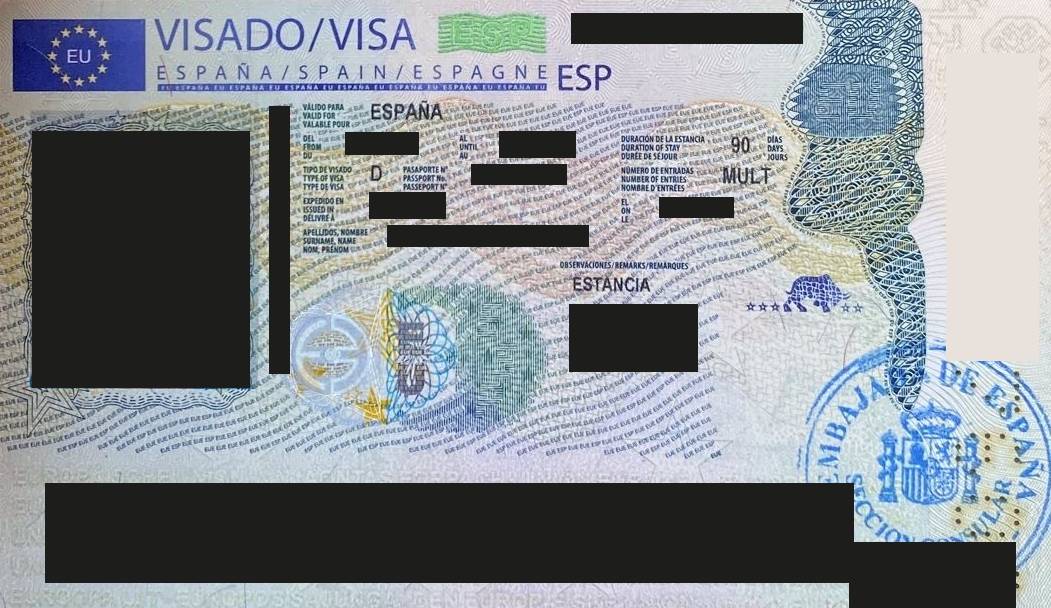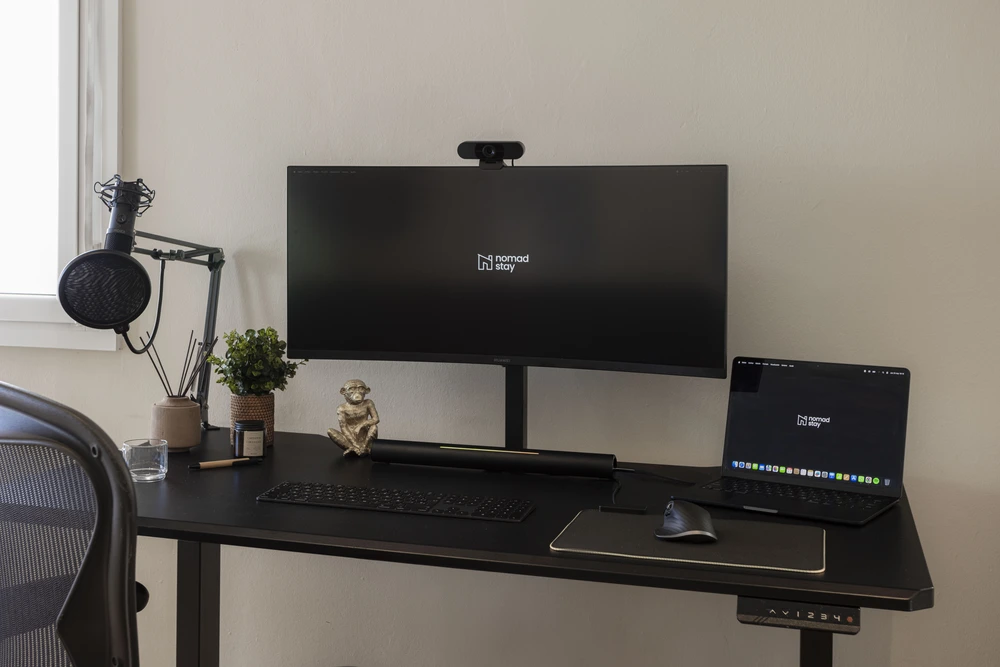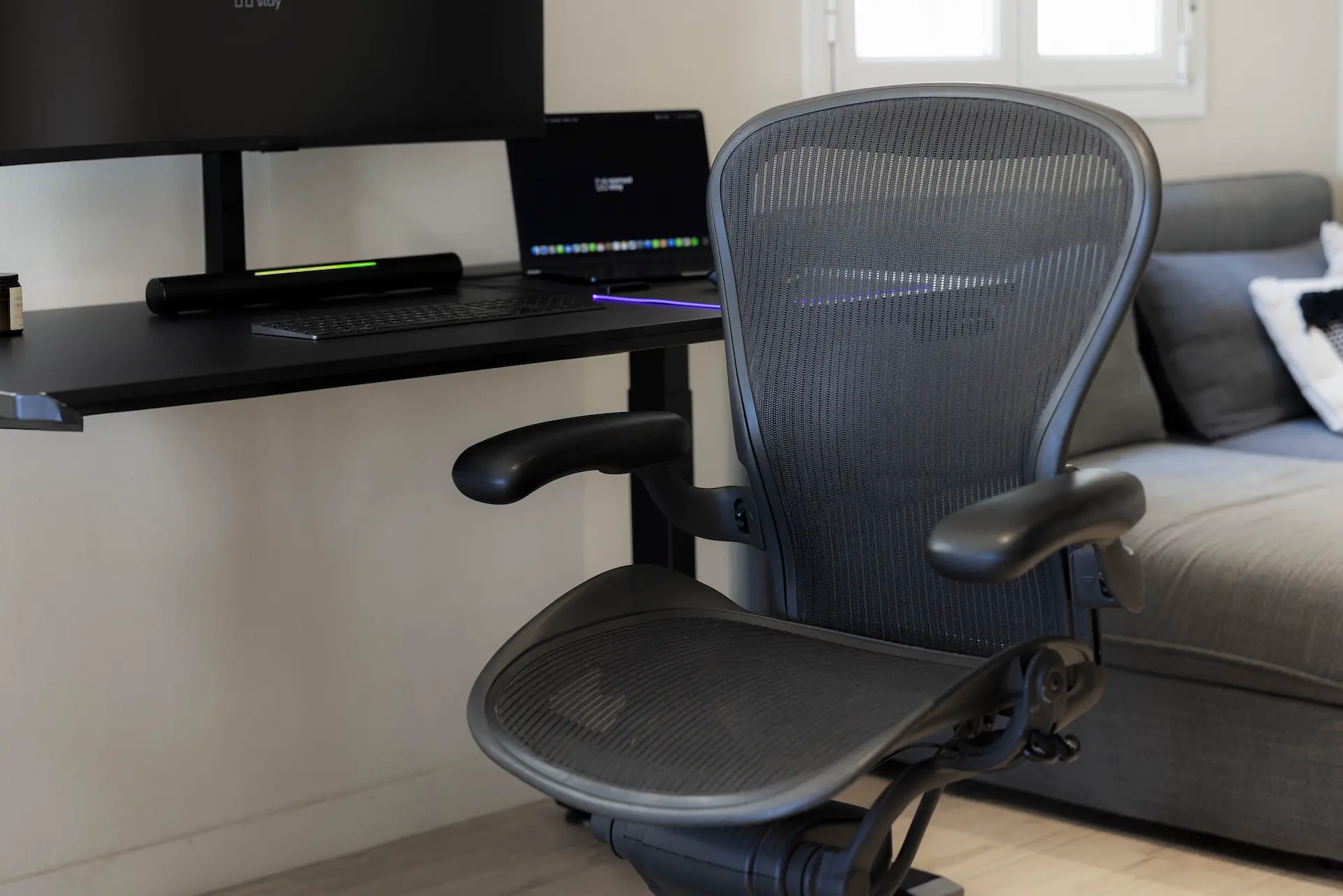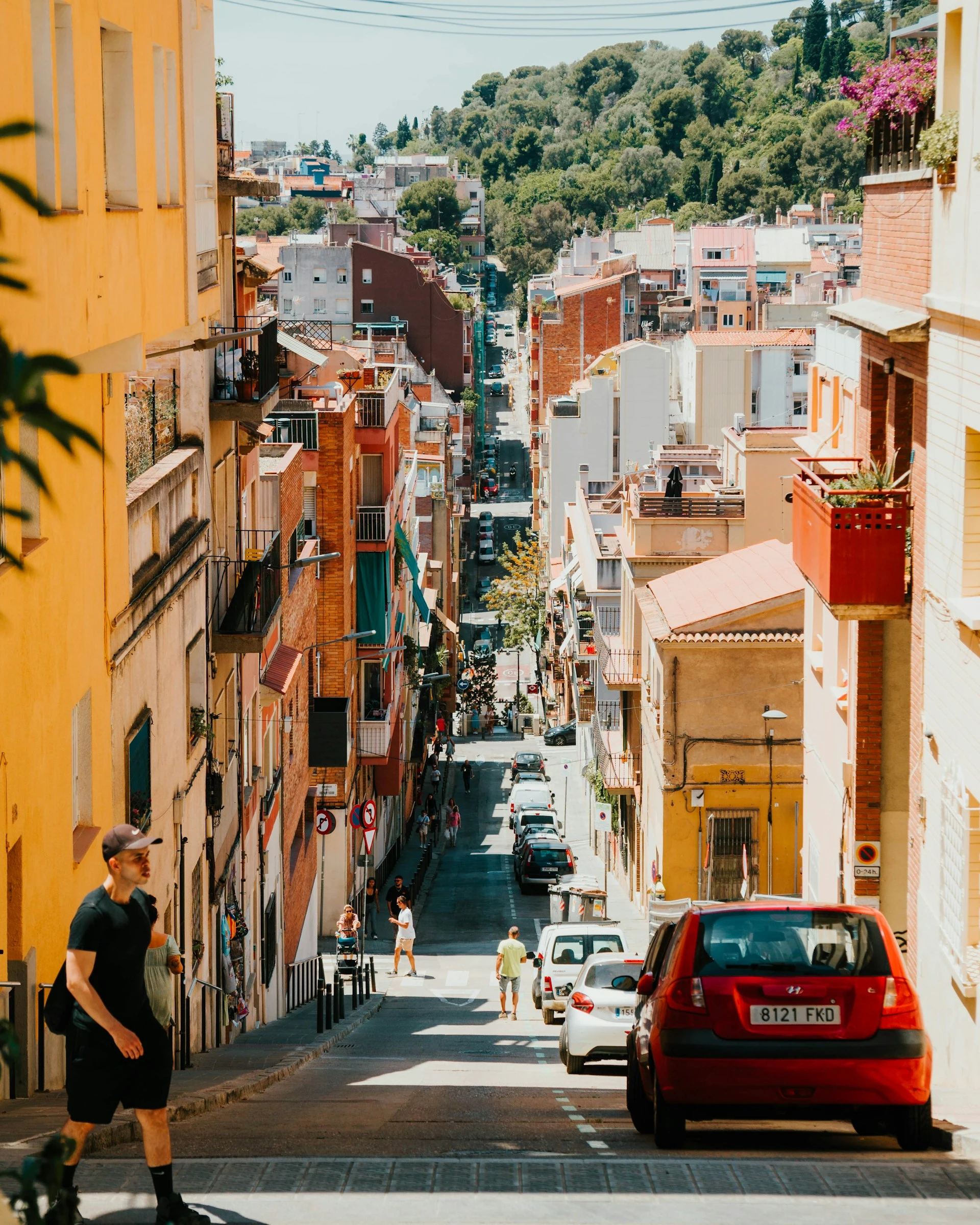A Guide to Visa and Residency for Americans in Spain: How Long Can You Stay in the EU?
Discover how Americans can navigate Spain's visa and residency options, from short-term Schengen visas to long-term stays. Ensure compliance and enjoy your time in the EU!
A Guide to Visa and Residency for Americans in Spain: How Long Can You Stay in the EU?

For numerous Americans, visiting Spain is an ideal destination, be it for a quick getaway, a longer sojourn, or contemplating permanent residency. For your vacation or relocation to go as well as possible, it is imperative that you are aware of your options for residency and visas. From temporary tourist visas to permanent residency permits, this guide will assist you in navigating the range of alternatives that are accessible to you.
Short-Term Stays: The Schengen Visa
What is the Schengen Visa?

Through the Schengen Visa, Americans are exempt from requiring a visa to enter Spain and other Schengen Area nations for up to 90 days during a 180-day period. An agreement to permit unrestricted travel across national boundaries unites 26 European nations as the Schengen Area.
How Long Can You Stay?
The maximum stay for Americans in Spain and other Schengen nations is ninety days within a 180-day period. This implies that after spending 90 days inside the Schengen Area, you have to depart and wait an additional 90 days to enter again.
Extension Options
If you need to stay longer, you cannot simply extend a Schengen Visa. Instead, you must apply for a different type of visa or residency permit before your initial 90 days expire.
For more details, check the official Schengen Visa page.
Long-Term Stays: Beyond 90 Days
Types of Long-Term Visas

You will require a long-term visa if you intend to stay in Spain for longer than ninety days. These are a few of the most typical kinds:
- Visa for Students: For individuals who intend to attend Spanish-language schools. If you are a student looking for a quick way to start traveling, this is a terrific alternative! You simply have to be prepared to tackle a full course load.
- Work Visa: For individuals who have been offered a position by a Spanish company. This is the most difficult visa to obtain, and it appears to be so because Spain values its citizens and prefers that any Spaniard in need of a job be given priority over a foreigner.
- The non-lucrative visa is intended for individuals who wish to live and work in Spain. It is the quickest and most straightforward if you meet the requirements. Most people will find it difficult to demonstrate that they have €25k in their savings account, but don't worry, there are alternative options!
- Golden Visa: Available to investors in enterprises or real estate in Spain.
Applying for a Long-Term Visa
You must apply for a long-term visa at a Spanish consulate in the U.S. Here are the general steps:
- Gather Documents: Passport, proof of financial means, health insurance, and other documents specific to your visa type.
- Submit Application: Make an appointment at the Spanish consulate and submit your application.
- Wait for Approval: Processing times vary, so apply well in advance.
For more information, visit the Spanish Consulate in the U.S..
Residency Permits
Types of Residency Permits
Once in Spain on a long-term visa, you can apply for a residency permit. The type of permit will depend on your visa and your situation:
- Temporary Residency: Valid for one year and renewable.
- Permanent Residency: After five years of continuous residence in Spain.
- EU Long-Term Residency: After five years, allows residence in other EU countries.
Applying for a Residency Permit

- Register with Local Authorities: Within 30 days of arrival, register at the local police station or immigration office.
- Submit Documents: Provide proof of visa, accommodation, financial means, and health insurance.
- Attend an Interview: Some permits may require an interview.
Detailed information can be found on the official Spanish immigration website.
Special Cases and Considerations
Digital Nomads and Remote Workers
Spain is developing new remote worker and digital nomad visa alternatives. With these visas, you could work remotely for a non-Spanish corporation while residing in Spain.
Family Reunification
Your eligibility for a family reunification visa may depend on whether you have Spanish citizens or residents as relatives. This procedure enables family members to travel to Spain to be with their relatives.
Staying Compliant
Keeping Track of Your Stay
To prevent overstaying, it's critical to keep track of your days while in the Schengen Area. To help you keep track of your days, there are online calculators and applications.
Consequences of Overstaying
If your visa is overstayed, you risk fines, deportation, and being unable to enter the Schengen Area again. Make sure you always abide by the conditions of your visa.
Conclusion
It might be difficult to navigate the Spanish visa and residence procedures, but with the correct knowledge and planning, it can go more smoothly. Knowing your alternatives and the regulations can help you stay compliant and make the most of your time in Spain, whether you're planning a quick trip or a long-term relocation.
Always check the official Spanish government websites for the most recent changes and comprehensive information, and get legal advice if necessary.
Happy travels and buena suerte!





















